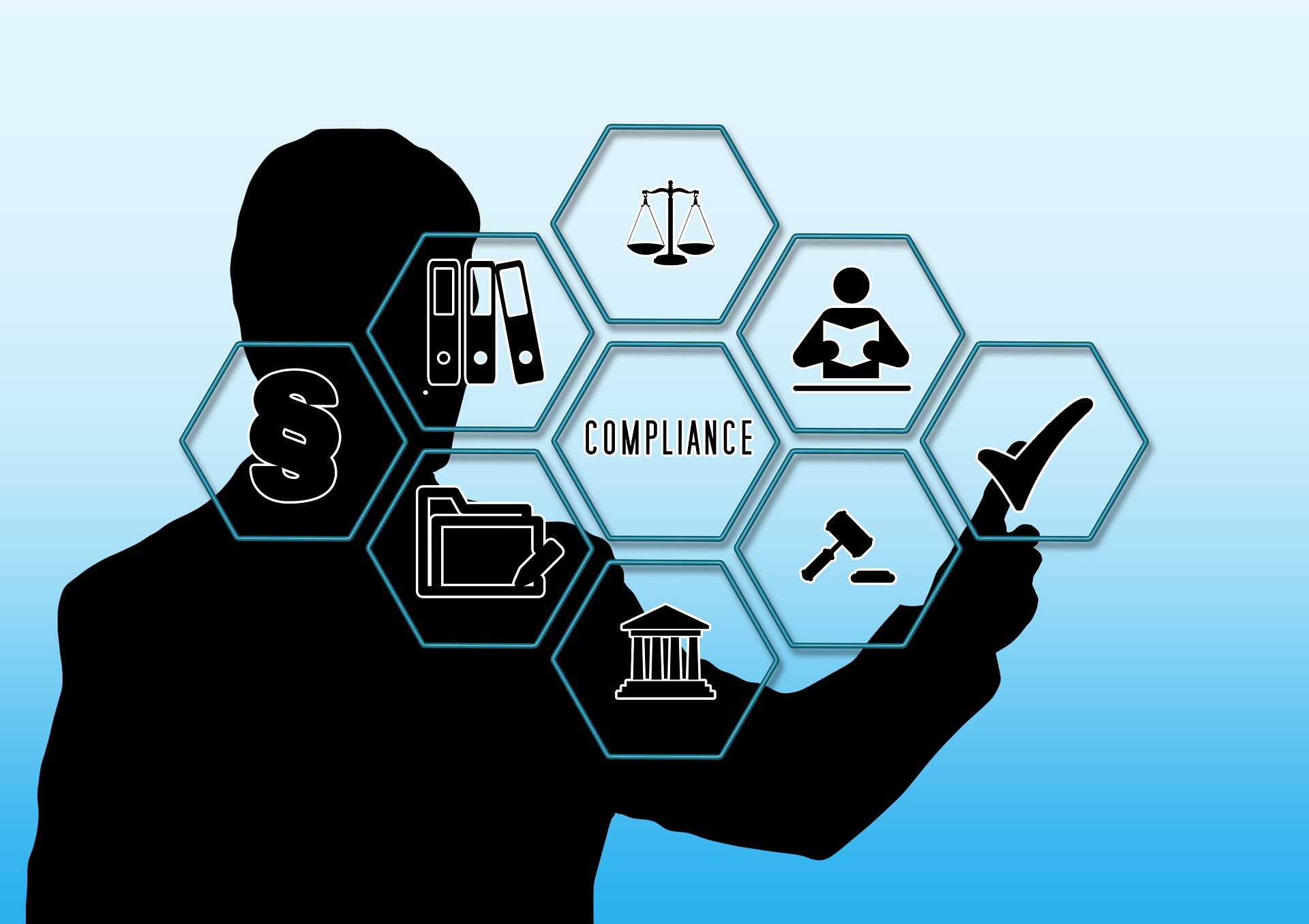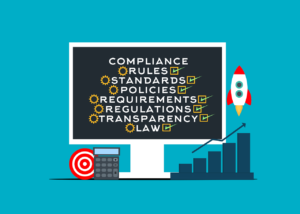
Introduction
Did you know that 70% of North American companies that implement a compliance program significantly reduce their legal risks? In the current scenario, where regulations are constantly changing, neglecting compliance can lead to heavy fines and reputational damage. Implementing a robust compliance program is not just a legal requirement, but a vital strategy for protecting your business. In this article, you will discover the essential steps to implement an efficient compliance program and ensure your company’s legal security.
Starting Compliance Implementation
Implementing a compliance program is essential for any company that wants to remain compliant with laws and regulations. Firstly, it is crucial to understand the specific requirements of your industry. Without this, the risk of non-compliance increases. Identifying and analyzing these requirements helps create a solid foundation.
Once you know the requirements, it’s time to develop internal policies and procedures. These must be clear and accessible to all employees. Transparency is key here. Well-defined policies help ensure everyone knows what to expect and how to act in different situations.
Training is another fundamental step. All team members need to be aware of the new rules and practices. Regular training sessions ensure everyone is up to speed. Furthermore, creating an open communication channel makes it easier to clarify doubts and report irregularities.
Following these steps may seem challenging, but it is essential to the success of your compliance program.
Steps to an Effective Compliance Program
To implement an effective compliance program, start with the support of senior management. Without this support, any initiative runs the risk of failure. Leaders must demonstrate commitment and align organizational culture with ethical principles. Furthermore, it is crucial to identify and assess the specific risks of your business. Perform a detailed analysis to understand where the vulnerabilities lie.
Then, develop clear policies and procedures. These documents must be accessible and understandable to all employees. Use simple and direct language. And don’t forget to do regular training. Ongoing training keeps everyone up to date on compliance standards and practices.
Lastly, create secure communication channels for reports. Ensure employees can report wrongdoing without fear of retaliation. Internal audits are also essential to monitor program effectiveness. Continuously adjust and improve as needed. By following these steps, you will be able to implement a robust and efficient compliance program.
How to Assess Risks and Establish Compliance Controls
To implement an effective compliance program, it is essential to accurately assess risks. First, identify the most vulnerable areas of your organization. This can include sectors such as finance, human resources and operations. Then, classify these risks into criticality levels: low, medium and high. This helps direct efforts to where they are needed most.
After identifying the risks, the next step is to establish compliance controls. These controls must be specific and measurable. Examples include strict internal policies, regular training and frequent audits. It is also vital that these controls are reviewed periodically to ensure their effectiveness.
Additionally, clear communication is crucial. Everyone in the company needs to understand the risks and established controls. Use internal channels such as emails, meetings and workshops to keep everyone informed. This way, you create a culture of compliance that protects your organization against possible violations and increases stakeholder trust.
Conclusion
By implementing a robust compliance program, your company not only reduces legal risks, but also strengthens your reputation and ensures compliance with ever-changing regulations. By following the essential steps we’ve discussed, from initiating implementation to assessing risks and establishing controls, you’ll be prepared to build a safer, more efficient business environment.
Do not leave it for later! Ensure now that your company is protected against possible penalties and reputational damage. If you want to deepen your knowledge and obtain practical guidance for each step of the process, contact MB TAX SOLUTIONS right now, we are compliance experts and can guide you through this process.
We are here to help you on this journey.
Frequently Asked Questions (FAQ)
Compliance refers to complying with laws and regulations applicable to a company, ensuring that its practices are in compliance. It’s important for businesses because it helps reduce legal risk, protect reputation, and ensure compliance with ever-changing regulations.
Essential steps include understanding industry-specific requirements, developing clear internal policies and procedures, providing regular training to staff, obtaining support from senior management, identifying and assessing business-specific risks, establishing compliance controls, and continually evaluating the effectiveness of the program.
Top management support is crucial to the success of the compliance program, as it demonstrates commitment, aligns the organizational culture with ethical principles and provides the resources necessary to implement and maintain the program.
To assess risks, it is essential to identify the most vulnerable areas of the organization, classify risks into criticality levels and establish specific and measurable controls. Controls must be reviewed periodically to ensure their effectiveness.
Clear communication ensures that everyone in the company understands the risks and controls established. This creates a culture of compliance, protects the organization against potential violations and increases stakeholder trust.
A compliance program contributes to the company’s legal security by reducing legal risks, strengthening reputation and ensuring compliance with constantly changing regulations, protecting the company against possible penalties and reputational damage.





